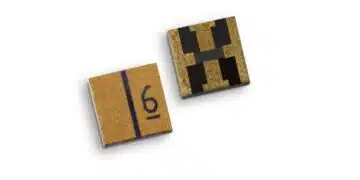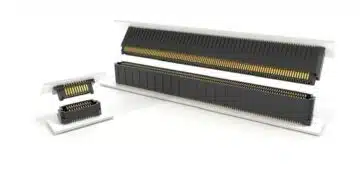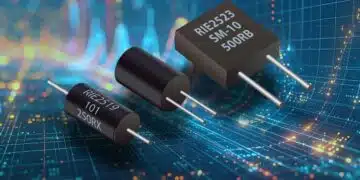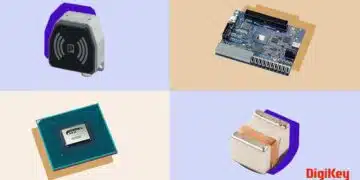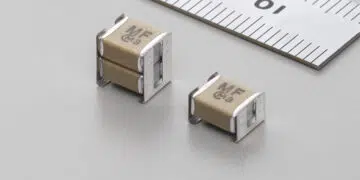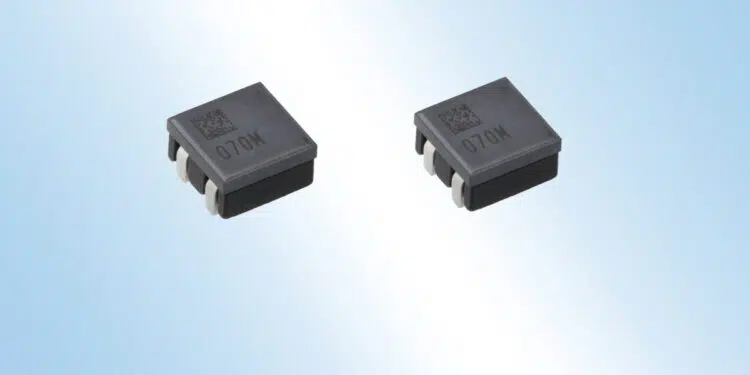TDK Corporation (TSE: 6762) developed new HPL505032F1 power inductors for use in automotive circuits. The inductors enable level 5 ADAS applications for cameras by offering high-current and low-inductance for power circuits in central processing units and graphic processing units, such as advanced driver-assistance systems (ADAS). Mass production of these new inductors will begin in July 2021.
The new products achieve high power efficiency by adopting a low-resistance frame for the highly permeable and low-loss ferrite made of high BS material and low-RDC that is fully developed in-house. Its rated current is 1.5 times higher than TDK’s existing product (HPL505028), accommodating currents as high as 40 A to 50 A. While the proprietary structural design generates magnetic flux canceling effects contributing to noise control, the frame that integrates internal with external electrodes reduces the risk of an open circuit and short circuit, ensuring high reliability.
The need for high-speed, large-capacity camera footage in ADAS is increasing as vehicles grow more autonomous. Cameras are an essential part of cars with ADAS capabilities to assure that everything is aligned within a vehicle and no dangerous situations occur. TDK’s product line for ADAS systems includes a range of automotive inductors for these applications.
Main applications
- ADAS (level 5 for camera)
Main features and benefits
- Reduced risk of open circuit and short circuit through the integration of internal electrode and external electrode
- High power efficiency achieved with low-loss ferrite and low DC resistance
- Reduced EMI with the magnetic flux cancelling structure
- Operation temperature range is between -55 °C and +155 °C (including self-heating)



